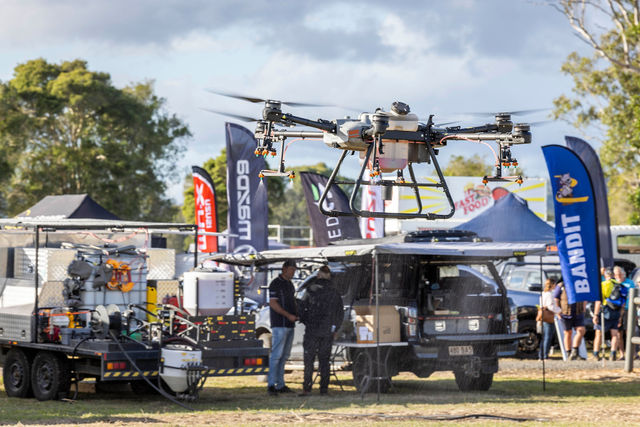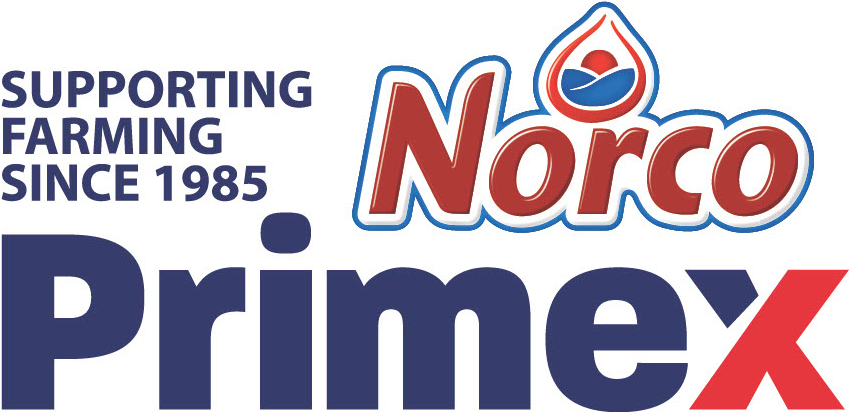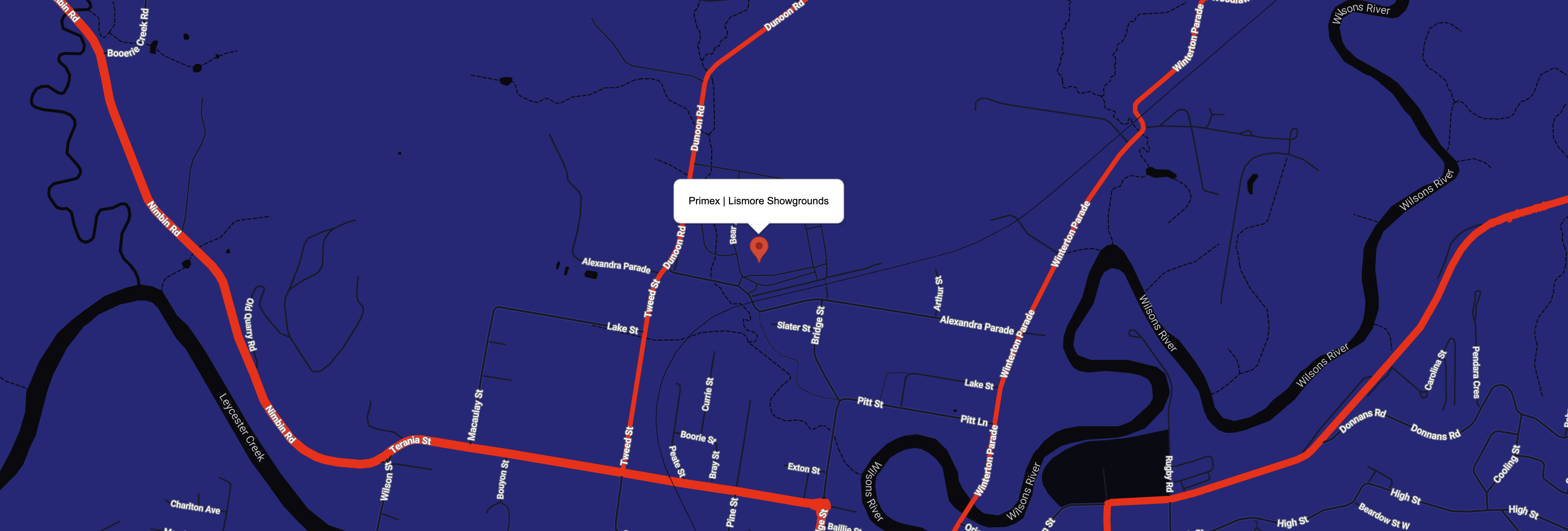
Posted: 9th May 2025
Posted in: News, PRIMEX Events
The future of farming is, to some extent, up in the air.
Among the more efficient of the latest ag technologies are Unmanned Aerial Vehicles – UAVs more commonly known as drones and already used for a variety of agricultural applications from crop spraying to surveying.
“And as drone technology continues to improve with advances in AI, machine learning and autonomy, the potential for drones in Australian agriculture is vast,” says Fly the Farm managing director Ben Trollope.
“Drones will become even more integrated into farm management systems, helping farmers adapt to the pressures of climate variability, resource constraints and growing global demand.”
In the Northern Rivers, his UAVs are generally being deployed for precision spraying or spreading seed and fertiliser, Ben said.
His company, a regular exhibitor at Casino’s Norco Primex field days, is ‘flat out’ working with farmers across the region. With experience in manned and unmanned aviation sectors, Ben says he is focused on blending technology with real-world applications.
The Gold Coast-based Fly the Farm contracts drone work plus sells and repairs UAVs through eastern Australia, from Far North Queensland to Victoria.
“The Northern Rivers is probably one of our busiest regions, it’s certainly growing,” Ben said.
“The enquiries we received at last year’s Primex over the three days generated a significant amount of business for us. A lot of customers sell themselves on the idea of this technology that allows them to access difficult or wet country. Drones are not so much aimed at cost-benefit, it’s more about farming efficiencies.”
DJI drone basic kits range in price from $25,000 to $45,000. The bigger DJI Agras T50 model has a 40-50 litre tank which can cover around five hectares when spraying at a cost around $68 to $70 a hectare depending on application rates, Ben said.
Bigger T100 models, lifting up to 70 litres, will arrive in the next 12 months.
These agricultural drones are becoming indispensable tools for farmers looking to enhance efficiency, sustainability, and productivity, Ben said.
Equipped with high-resolution cameras, multispectral sensors and thermal imaging, drones already offer powerful data collection capabilities and allow crop monitoring over large areas, capturing imagery that can highlight water stress levels, pest infestations and nutrient deficiencies.
And these UAVs are multi-taskers, says Ben, his drones being called on for jobs from stringing power lines to lifting hay bales, to using a giant magnet to lift a tin shed off a roof along with ever-increasing agricultural jobs.
Fly the Farm will be on site Q6 at this year’s Norco Primex at the Richmond Valley Events Centre in Casino.
Other drone dealers and contractors at Primex in 2025 include Sydney’s Drones for Hire (site Q11A) and Brisbane-based Australian Agricultural Drones sire G23-A); both with widespread experience and a wide range of UAV kits and accessories in this growing area of agricultural technology in the 21st century.
The 2025 Norco Primex opens 9am to 4pm on Thursday, May 15, Friday, May 16 and Saturday, May 17. Tickets can be bought online for a 30 percent discount or at the gates.
- One-day pass $20; three-day pass $45.
- Children under 12 free; 12-17 day pass $10 + three-day pass $20.
- Student/pensioner one-day pass $10; three-day pass $20.


